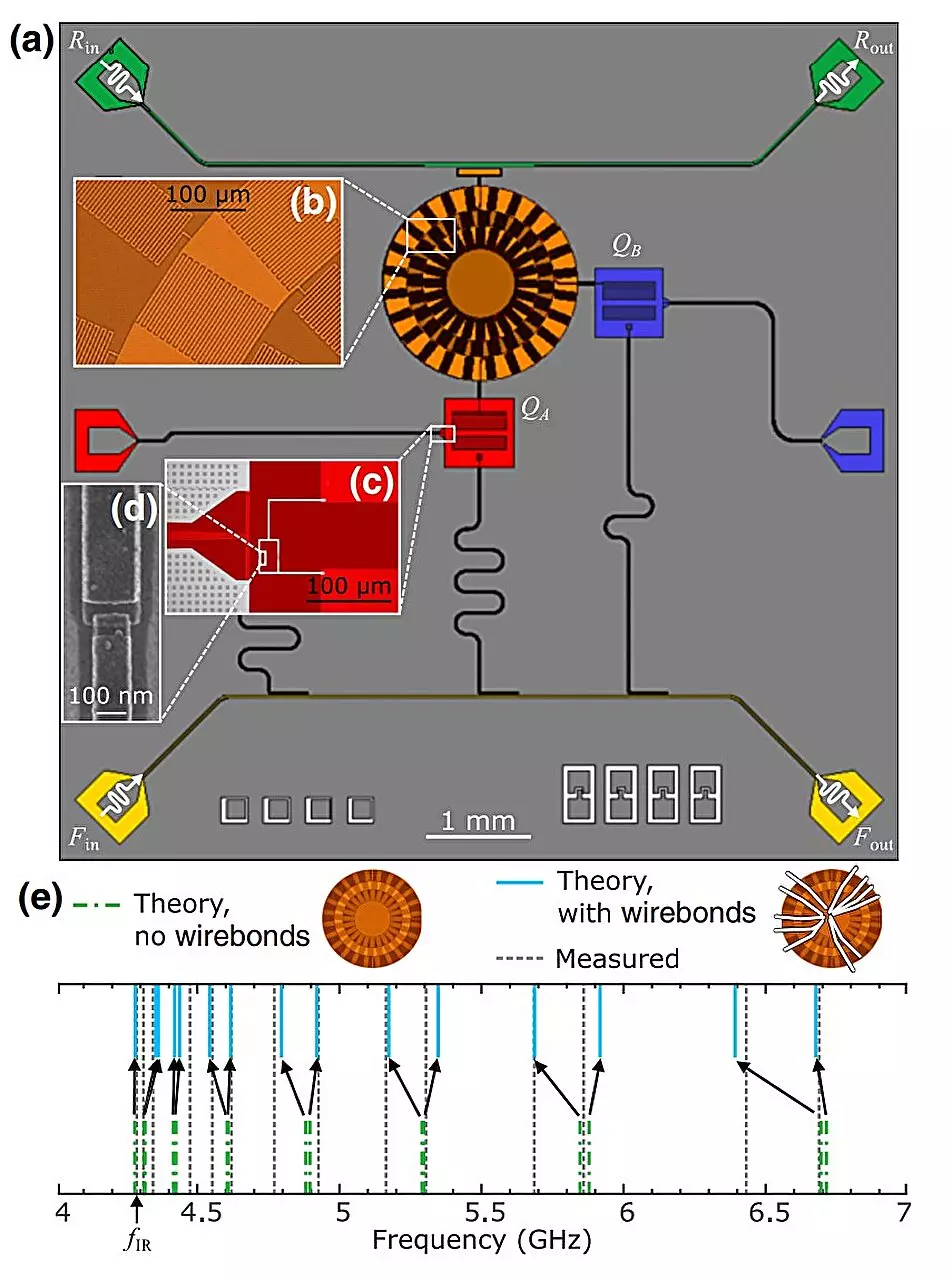As the race towards viable quantum computing accelerates, the challenge of creating a fault-tolerant quantum processor has emerged as a primary hurdle. The intricacies involved in scaling quantum computations, especially through the effective use of qubits, pose significant challenges. Qubits, the foundational elements of quantum information, rely on their ability to be entangled and maintain coherence. However, the conventional methodologies for interconnecting qubits often prove cumbersome and limited. Their reliance on nearest-neighbor coupling demands expansive physical setups, which not only complicate manufacturing but also create logistical nightmares when envisioning the use of thousands—if not millions—of qubits.
In essence, traditional methods necessitate a plethora of couplers to establish pairwise connections among qubits. Consider the daunting task of coupling 100 qubits; the sheer number of interfaces required can quickly spiral out of control. With increasing numbers, the entire system’s complexity grows exponentially. This leaves researchers in a precarious position, beset by the logistical constraints of managing vast networks of connectors and cables needed to facilitate interaction between qubits.
A New Paradigm in Quantum Coupling
Addressing these challenges, a pioneering team of physicists led by Mohd Ansari at Forschungszentrum Jülich (FZJ) has introduced a groundbreaking solution. Collaborating with Britton Plourde’s experimental team at Syracuse University, they have developed a novel multimode coupler that significantly improves the coupling process between qubits. The research, featured in PRX Quantum, revolves around a shared coupler designed in the form of a ring, utilizing a metamaterial transmission line to optimize performance.
This innovative configuration generates a rich frequency spectrum of standing-wave resonances situated near the qubit transition frequencies. The remarkable aspect of this left-handed ring resonator is its structural complexity; it comprises 24 inductively grounded and capacitively coupled cells, leading to a variety of operational modes that are spacely distributed. Unlike traditional designs that can hinder performance by limiting resonant frequencies, this new design enhances flexibility and scalability.
Rethinking Resonances: A Musical Approach
To better comprehend the implications of this design, one can draw an analogy to music. In typical resonant systems, increasing frequency results in a corresponding decrease in wavelength. However, in this revolutionary setup, there’s a unique proportional relationship—doubling the frequency also doubles the wavelength. This counter-intuitive characteristic not only sets the implementation apart but also broadens the scope of qubit interactions.
By positioning two superconducting qubits at specific points on the ring resonator, the researchers achieved dynamic coupling based on the amplitude of standing waves at those locations. This feature allows for intricate interactions among multiple qubits, where coupling intensity is contingent on each qubit’s detuning concerning various modes. Thus, the established interactions can toggle between positive and negative states, yielding an expansive modulation spectrum.
Transforming Qubit Interaction: The Promise of Higher-Order Coupling
This new coupling mechanism transcends mere binary interactions between qubits. Researchers stand at the brink of manipulating higher states within each qubit, leading to advanced interactions known as higher-order ZZ configurations. These relationships, despite their complexity, hinge on the same principles of detuning and can shift dramatically based on external conditions. This variability aligns harmoniously with theoretical perspectives, presenting novel possibilities for controlling entanglement at significantly larger scales.
As researchers contemplate extending this system to encompass more than two qubits, the potential becomes even more tantalizing. The prospect of orchestrating entanglement across extensive arrays of qubits illustrates a major leap forward in quantum network designs. The ability to synergize multiple qubit interactions through this innovative ring design positions it as a leading candidate for future quantum computing architectures.
The advances put forth by Ansari and his team spotlight an exciting pathway towards feasible fault-tolerant quantum processors. By revolutionizing the nature of qubit coupling, they open doors to scalable and manageable quantum systems, propelling the scientific community closer to the dream of widespread quantum computing applications.


Leave a Reply